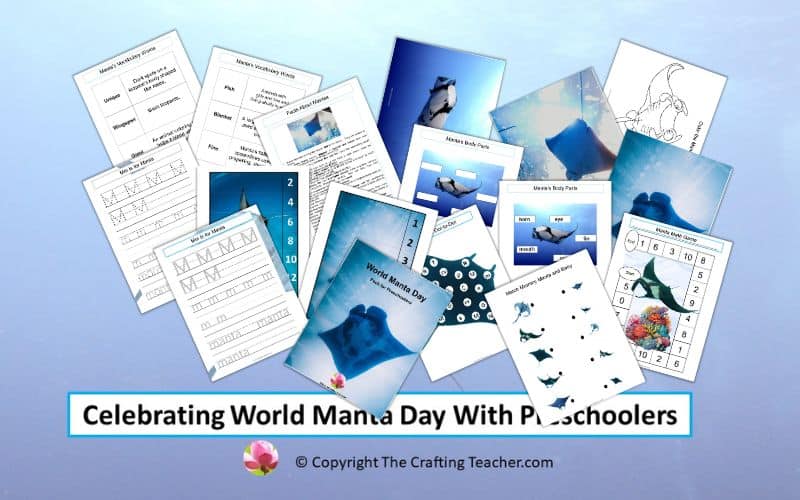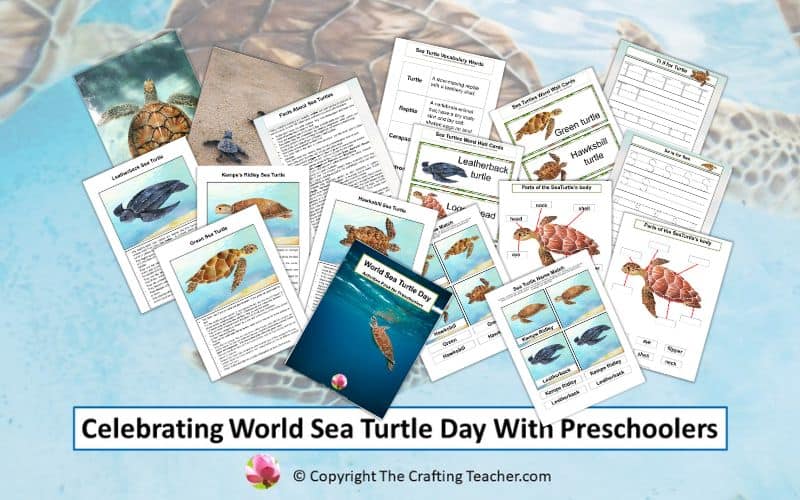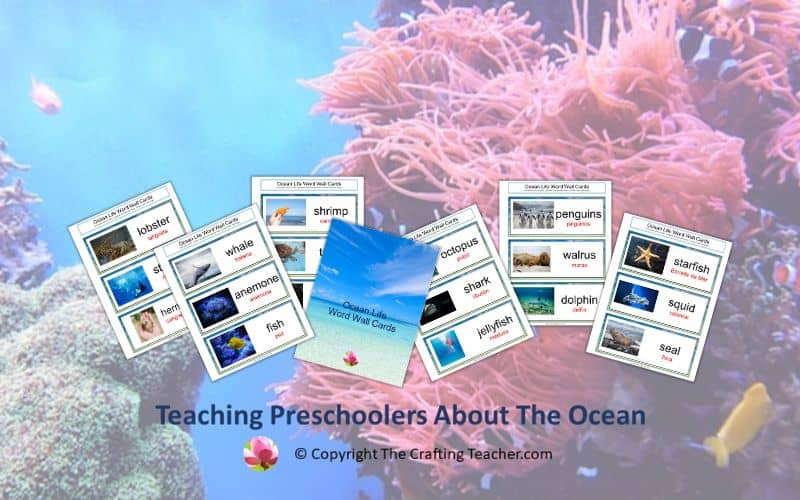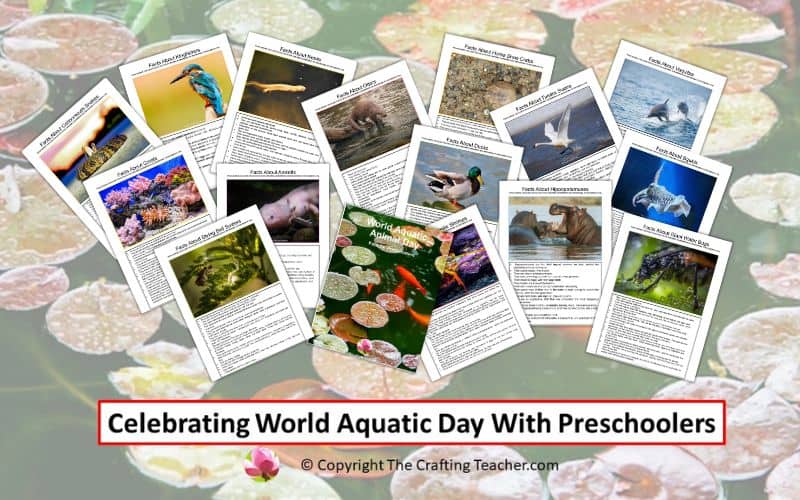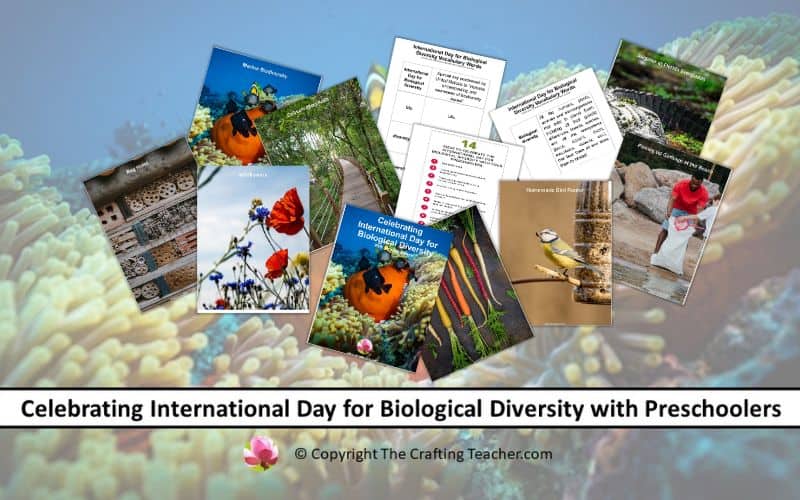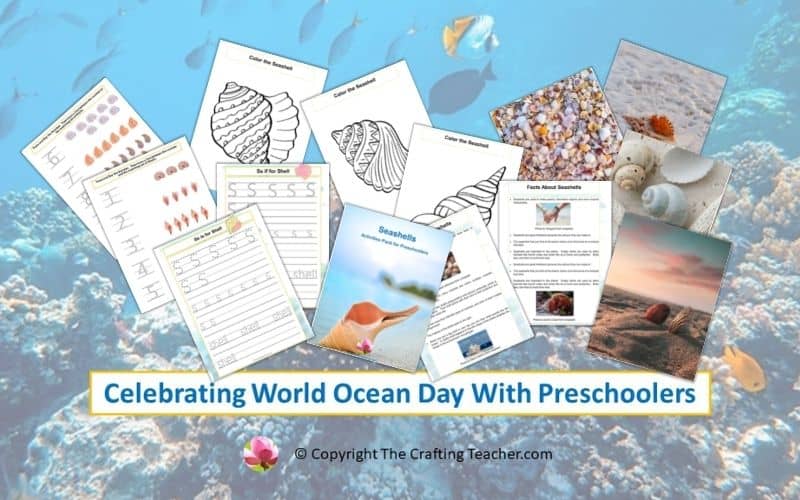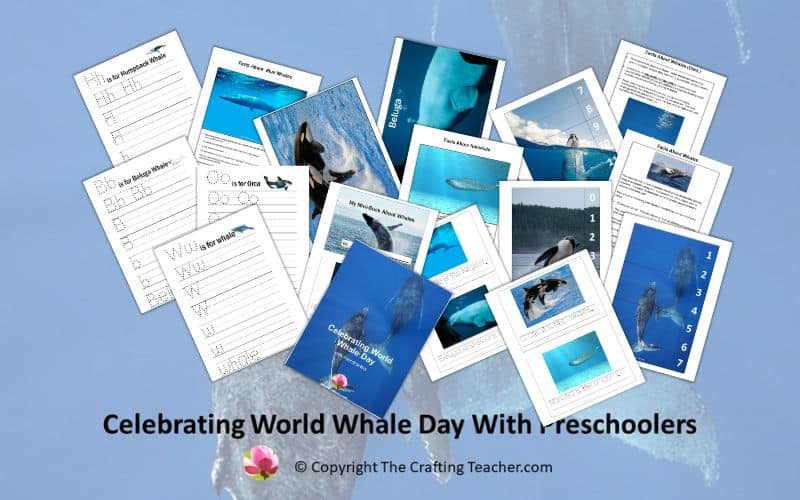Celebrating World Manta Day with Preschoolers
Affiliate Disclosure: “This post contains affiliate links, which means I receive a small commission, at no extra cost to you, if you make a purchase using those links.”
World Manta Day is celebrated worldwide on September 17th to raise awareness of the multiple threats these magnificent creatures face, their characteristics, needs, and habitats, hoping to protect them for future generations.
Manta rays have been admired and respected throughout history. Some cultures believe they are associated with myths and physical bodies of powerful spirits. For other cultures, they represent good luck, prosperity, grace, strength, and wisdom.
Some of the organizations and countries that are fighting to protect these animals are:
- The Manta Trust is the leading authority.
- The Convention on International Trade in Endangered Species of Wild Fauna and Flora (CITIES) Appendix II requires any country trading manta gill plates to prove that doing so is sustainable.
- Convention on Migratory Species, which aims to protect Mantas across their range.
- New Zealand was among the first countries to create the Wildlife Act in 1953.
- The Republic of Maldives stopped exporting parts of rays and, in 2009, created two marine protected areas that are essential habitats for manta rays.
- Western Australia prohibited their fishing and disturbance in marine parks.
- Indonesia established strict measures against fishing Manta rays.
- Also, Peru and the Philippines have established laws to protect them.
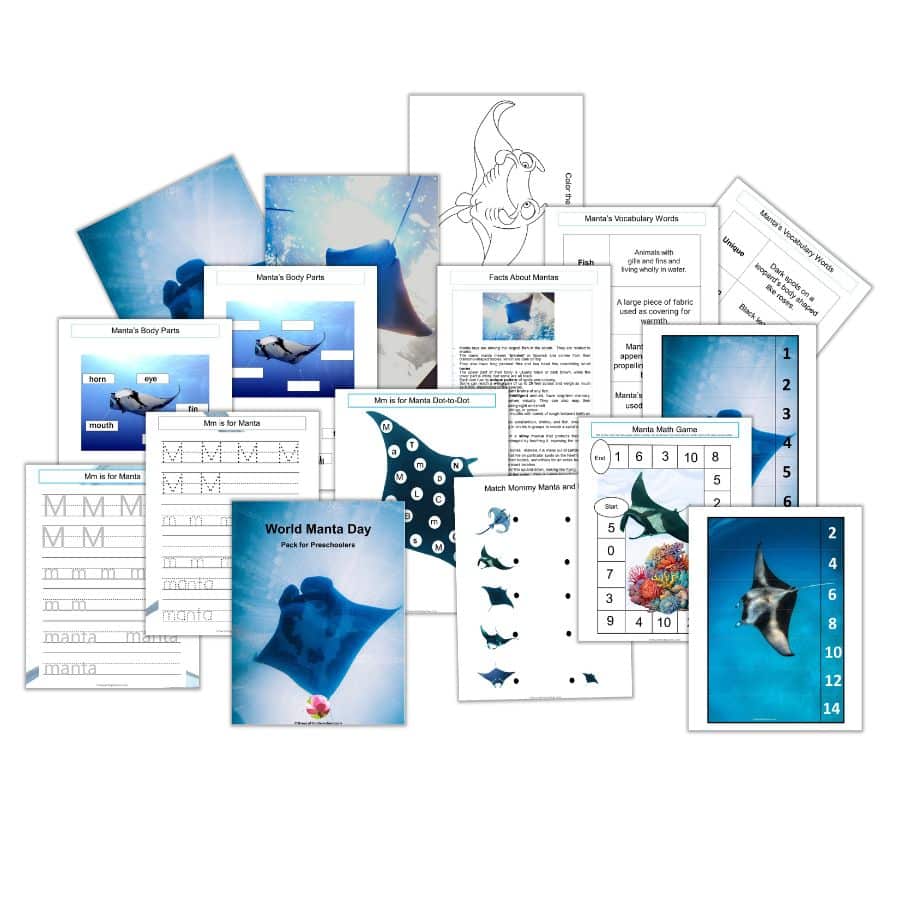
I have included a FREE 16-page World Manta Day Pack for your preschoolers. The pack comprises literacy, science, math, and fine motor activities. It can be downloaded at the end of this post.
Facts About Manta Rays
- Manta rays are among the largest fish in the ocean. They are related to sharks.
- The name manta means “blanket” in Spanish and comes from their diamond-shaped bodies, which are dark on top.
- They also have long pectoral fins and two head fins resembling small horns.
- The upper part of their body is usually black or dark brown, while the lower part is white, but some are all black.
- Each one has its unique pattern of spots and coloring.
- Depending on the species, some can reach a wingspan of up to 29 feet across and weigh as much as 6,000.
- Manta rays have the most giant brains of any fish.
- They are among the most intelligent animals. They have long-term memory and can recognize themselves visually. They can also map their underwater environment using sight and smell.
- Their tails don’t have barbs, stings, or poison.
- They have giant rectangular mouths with bands of rough-textured teeth on their lower jaw.
- They eat filtering microscopic zooplankton, shrimp, and fish, swallowing them whole. They often swim in circles in groups to create a spiral effect to catch their food.
- Their bodies are covered in slimy mucus that protects them from bacteria. However, touching the manta can easily damage it, exposing it to infections.
- Their skeleton doesn’t have bones. Instead, it is made out of cartilage.
- Mantas seek out small fish that live on particular spots on the Reef, clean dead skin and parasites off their bodies, sometimes for an entire hour, and often repeatedly return to the exact location.
- Most rays swim, flapping their fins up and down, looking like flying.
- They can jump or “fly” out of the water, which is breaching. They can also dive more than 3,280 feet below the surface.
- They live in warm, tropical, and subtropical waters worldwide but are often associated with coastal areas, coral reefs, and seamounts.
- They are solitary, harmless, playful, curious, peaceful, and don’t fight. To defend themselves against predators, they swim away really fast.
- Manta rays are ovoviviparous. This means that every two to five years, they produce one egg carried for over a year before hatching inside their body. The baby manta is called a pup.
- Pups are miniature versions of adults who live independently as soon as they are born.
- They can live up to 50 years.
- There are two species of Manta rays: the Giant Manta and the Reef Manta.
- The International Union for Conservation of Nature and Natural Resources (IUCN) Red List of Threatened Species classifies them as endangered mainly due to their slow reproduction rate, overfishing, pollution, climate changes, unsustainable tourism, and entanglement in fishing nets.
How to Celebrate World Manta Day
Celebrating World Manta Day with your preschoolers can be as simple and fun, and what’s more important, it can help them learn about these rare fish. These are some ideas of things you can do:
- Educate Yourself and Spread Awareness – Arm yourself with knowledge through platforms like the World Manta Day, Manta Trust, and MarAlliance websites. Then, please share this information with your preschoolers and their families.
- Prepare an Art Exhibition – Invite your preschoolers to create Manta Ray drawings, paintings, collages, and sculptures. Then, prepare an exhibit to share with your families, the public, or social media, including facts and information about these animals.
- Use Documentaries – Showing your children, family, and friends documentaries about Manta Rays is a great way to teach about mantas, especially since they are rarely seen. You can find some on YouTube, like The Insane Biology of the Giant Manta Ray, Manta Ray Gets a Spring Clean, Inside the Secret World of the Manta Ray, Swim with Manta Rays, and Giant Eagle Rays Launching Themselves Into the Air.
- Bring in a Manta Ray Blanket – Including this blanket in the cozy area will invite preschoolers to curl up, encouraging them to look at books and learn more about these gentle giants.
- Add Manta Ray Toys to Your Areas – Including manta ray toys of different sizes and textures in your centers will provide your children with new ways to develop their imagination and learn about this fish. Some examples are this one, this one, this one, this one, and this one.
- Support Conservation – Pledge to consume only sustainably sourced seafood. Seek out and support manta-centric charities and research initiatives.
- Participate in Coastal Clean-up Events – Mantas can get seriously injured when entangled in ocean trash or ingest microplastics while feeding, which may harm this threatened species. Reducing marine debris that pollutes their habitat is an excellent way to protect them.
- Be Responsible When Viewing Mantas in the Wild – When diving or snorkeling near these creatures, remember that mantas are harmless despite their size, and disturbing them may damage their well-being.
- Contribute to Research – If you encounter a giant manta ray, take pictures and contact the Manta Trust to inform them where you saw it, how big it was, and its condition. Your images and information can be used to identify individual manta rays and learn more about their movements and habitat.
- Organize Symbolic Adoptions – Adopting a manta through Manta Trust, Marine Megafauna Foundation, Micronesian Conservation Coalition, Large Marine Vertebrates Research Institute Philippines, Manta Matcher, or the Manta Caribbean Project provides an excellent opportunity to learn about these gentle giants, provide resources, and support their efforts toward conservation and research.
- Practice and Encourage Boating Caution – One significant cause of injury to Mantas is collisions with vessels. If you are boating and encounter a Manta Ray, reduce your speed and slowly distance the boat from the animal.
Manta Ray-related Books
Reading to your children is one of the best educational activities you can do to teach them about anything and instill in them the love and desire to help these amazing creatures as they grow older.
There are many books about Stingrays, but I’ve only found three that tell the story of a Manta Ray. If you don’t have any available, you can go to your local library or used book store and use my links on the titles to quickly get them from Amazon.
- Facts About the Manta Ray by Lisa Stratton presents facts along with full-color photographs and carefully chosen words to teach children about the Manta Ray.
- A Manta Ray’s Journey by Jessica Pate is about Kevin, a Manta who lost the tip of his fin and can’t swim as fast as the other manta rays. When the manta rays start their journey to the feeding grounds, Kevin becomes lost and must find his way with the help of a new friend. Kevin is based on an actual manta ray studied by the Florida Manta Project. All proceeds go to manta ray research and conservation.
- The Story of a Manta Ray by Hope Irvin Marston tells the story of a Manta Ray who spends her time eating, growing, and gliding gracefully in the lagoon around Yap Island. She also avoids a startled fisherman who mistakes her for a shark.
Pin It For Later
If you are in a rush and don’t have time to read the post and download the printable but want to save it, pin it to one of your Pinterest boards for later.

Children must have a better knowledge of mantas and other species. As teachers and parents of preschoolers, we should encourage them to love, support, and become their protectors and advocates to ensure that future generations can enjoy them and that we all can have balanced ecosystems where all species thrive.
I hope you enjoy these ideas and that they help you have fun with your preschoolers during the World Manta Day celebration. To get the FREE pack, click on the link below and enter your information for an immediate download.
Be happy, safe, and creative. I wish you well.
Love,

P.D. Please let me know if any of these ideas worked for you or if you think I need to add or replace something. My goal is to help you in any way I can, and I wouldn’t say I like anything better than to post something that you might find helpful.

